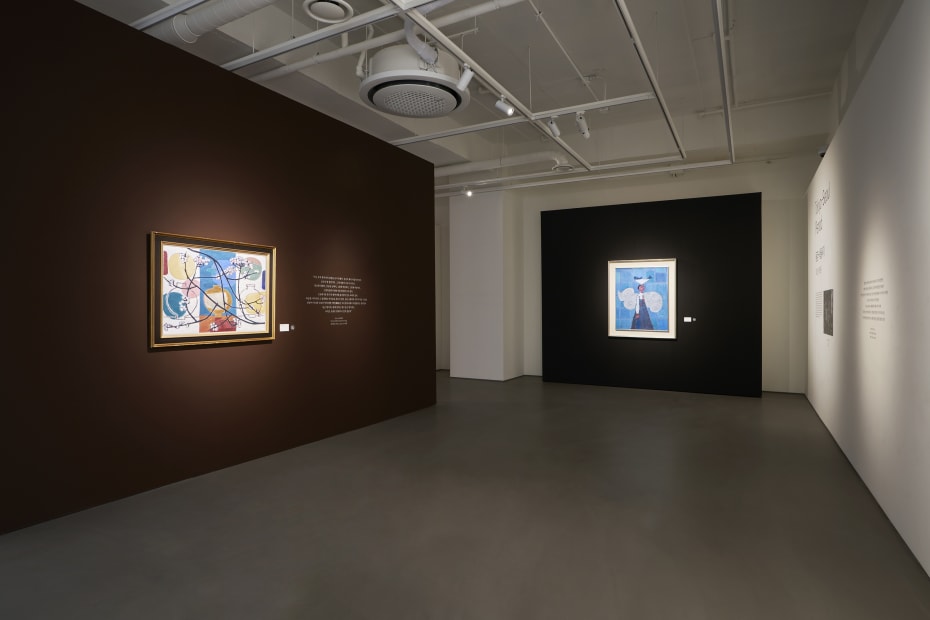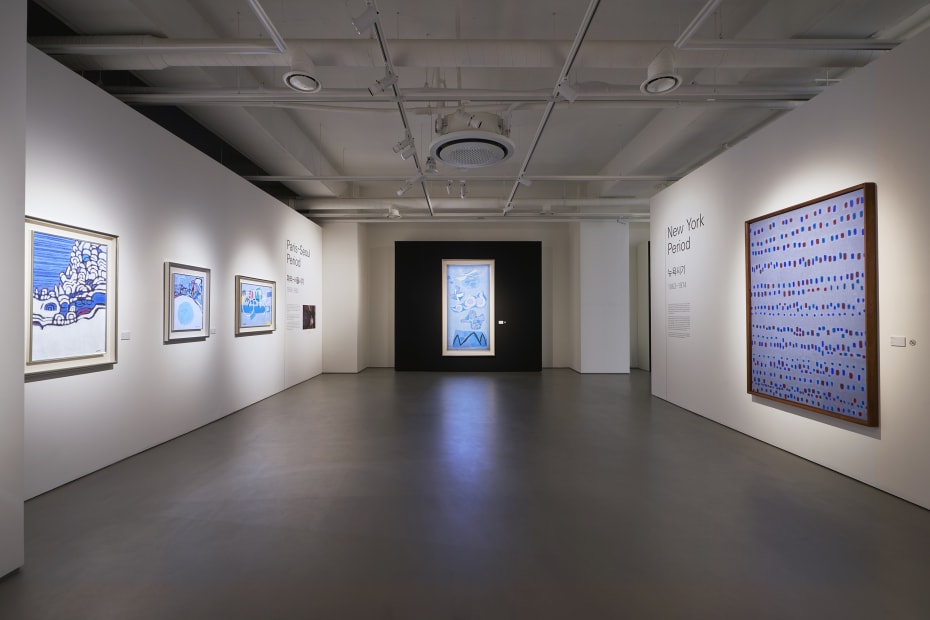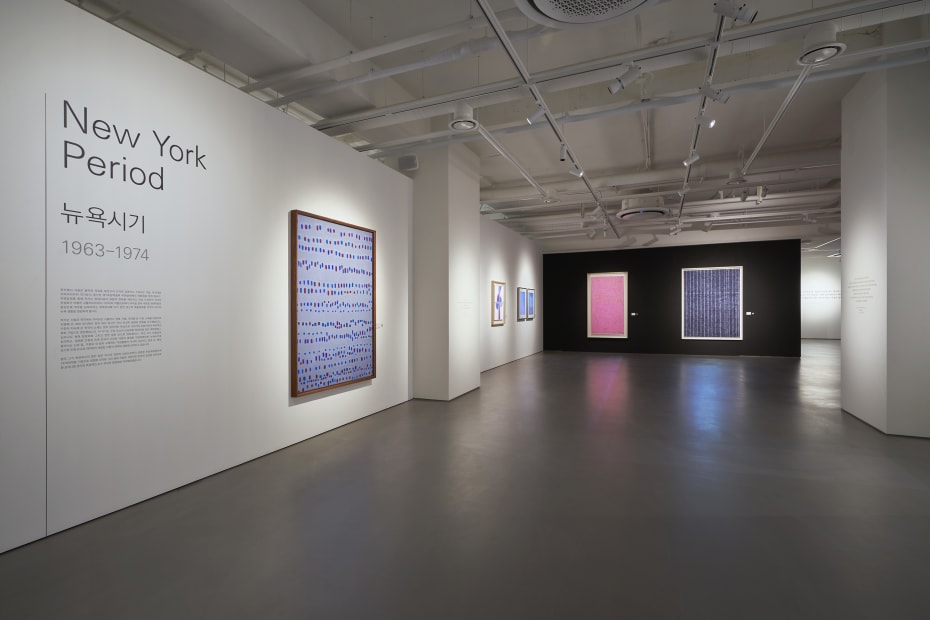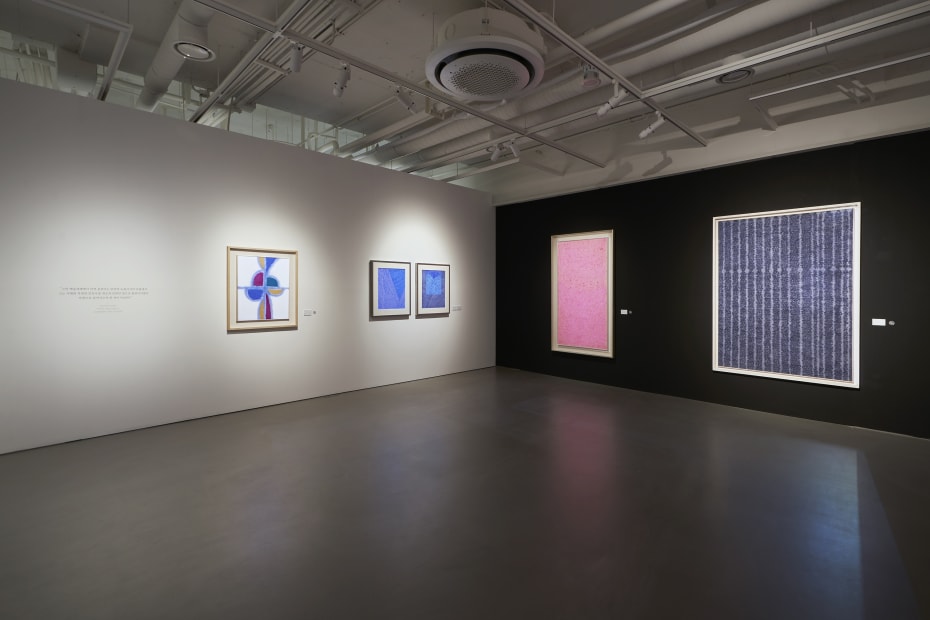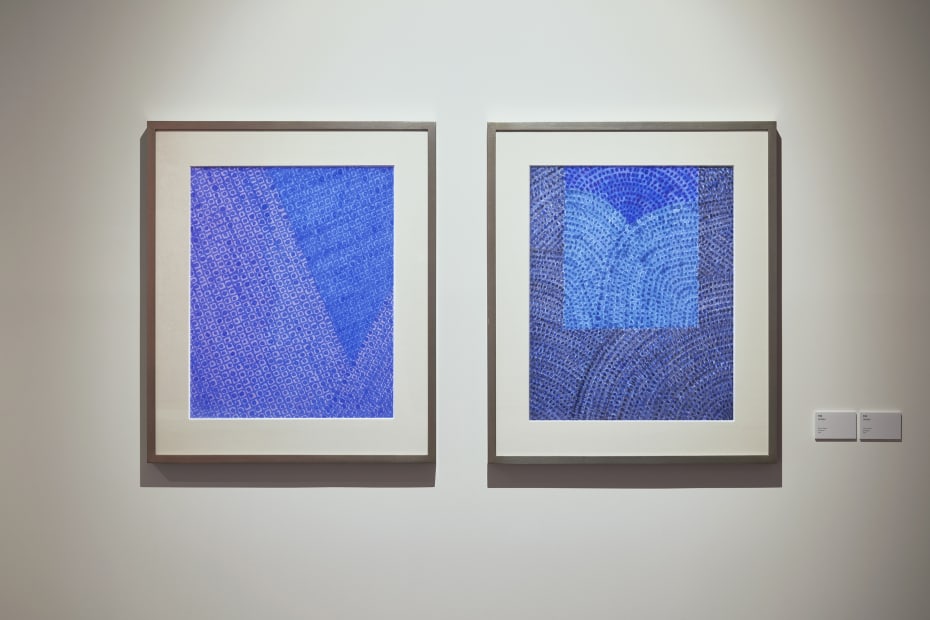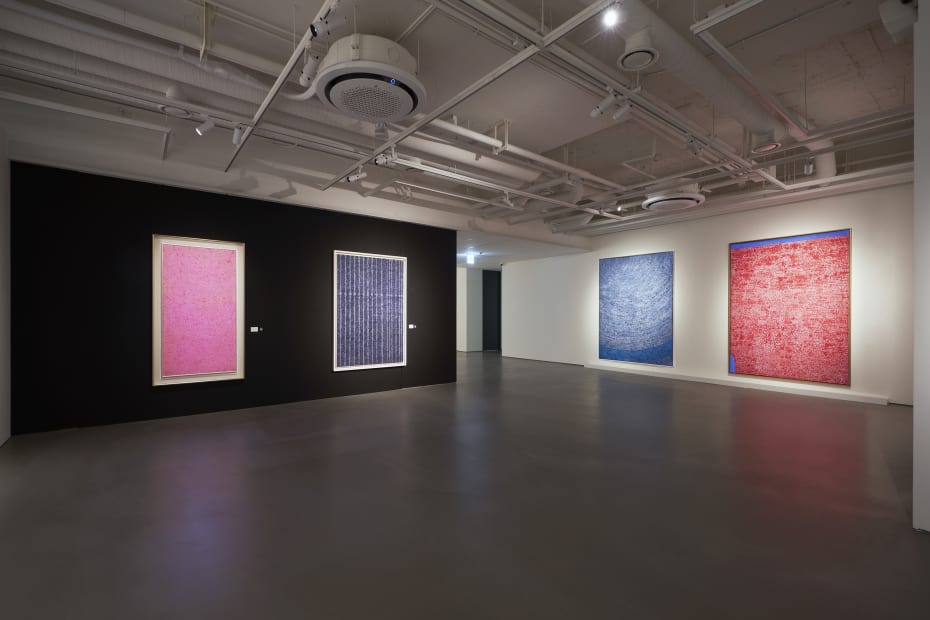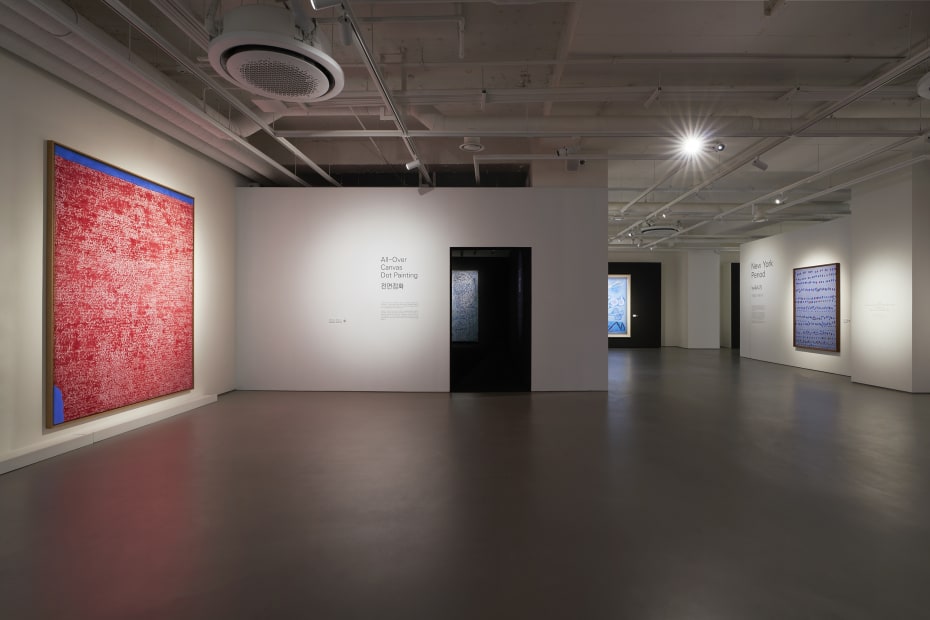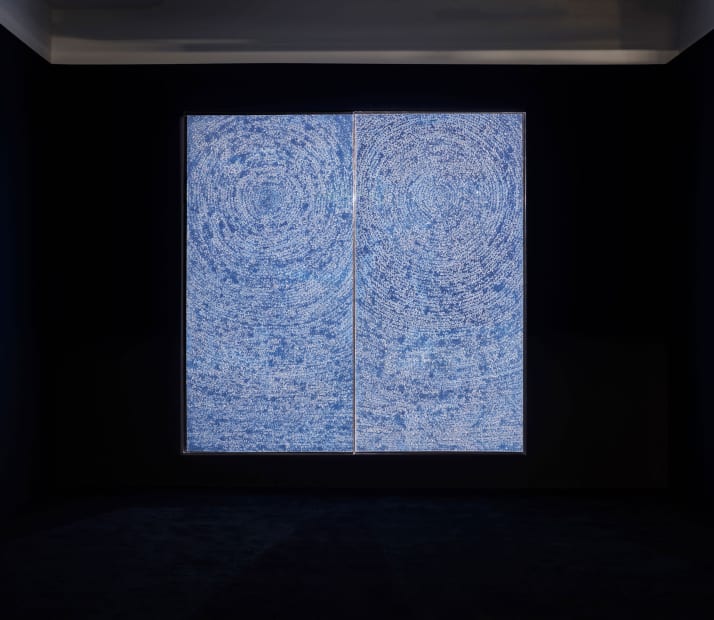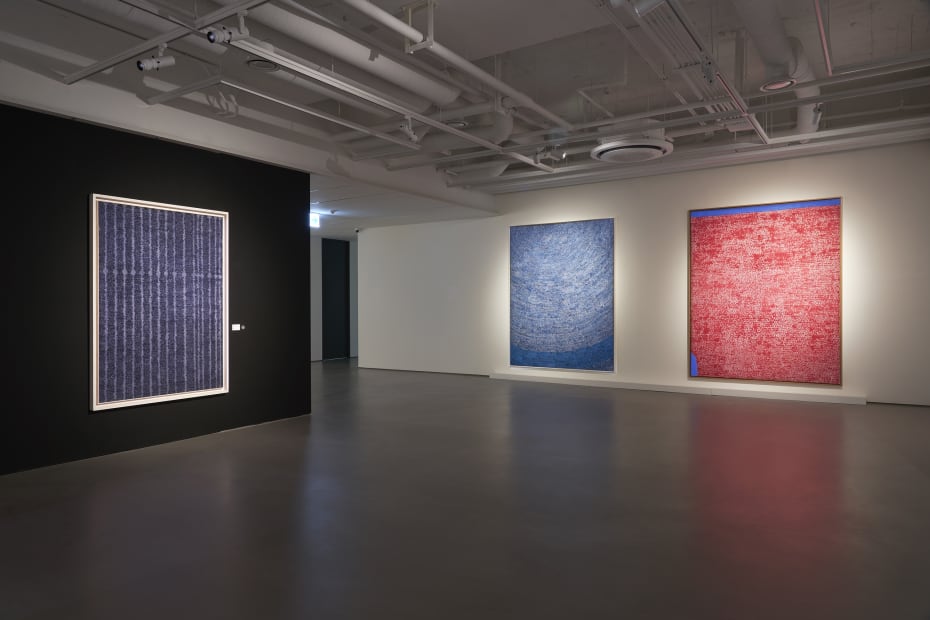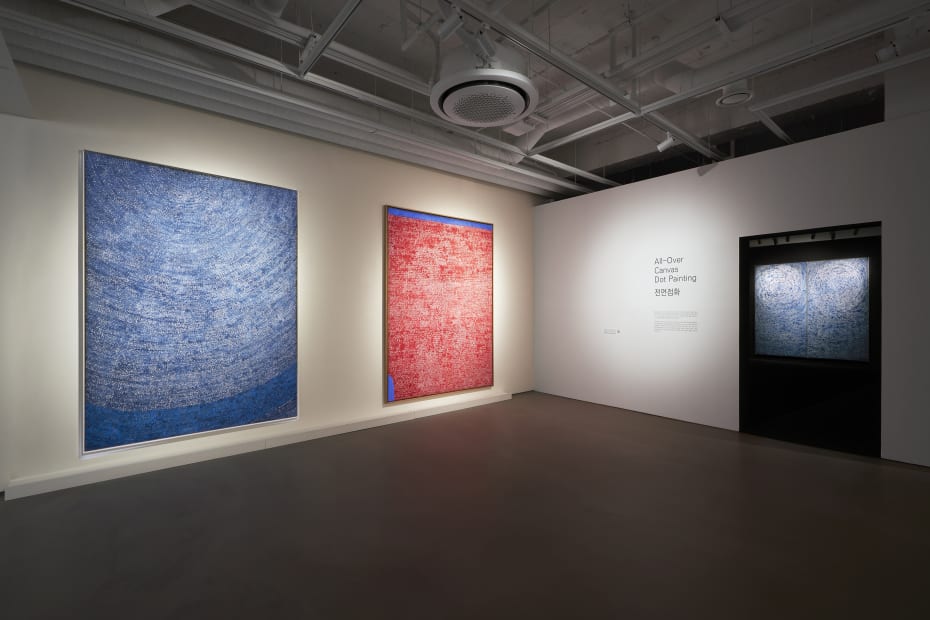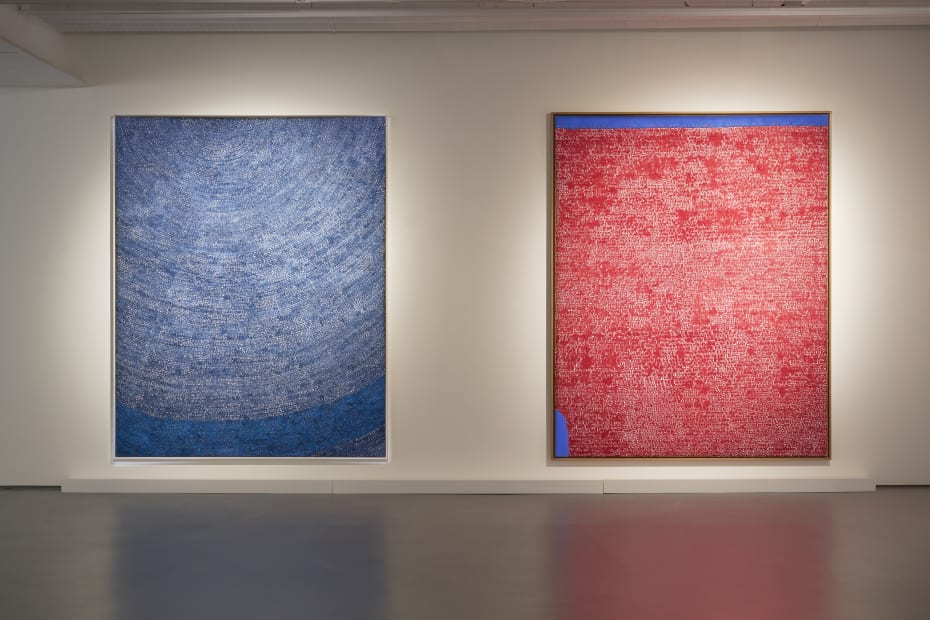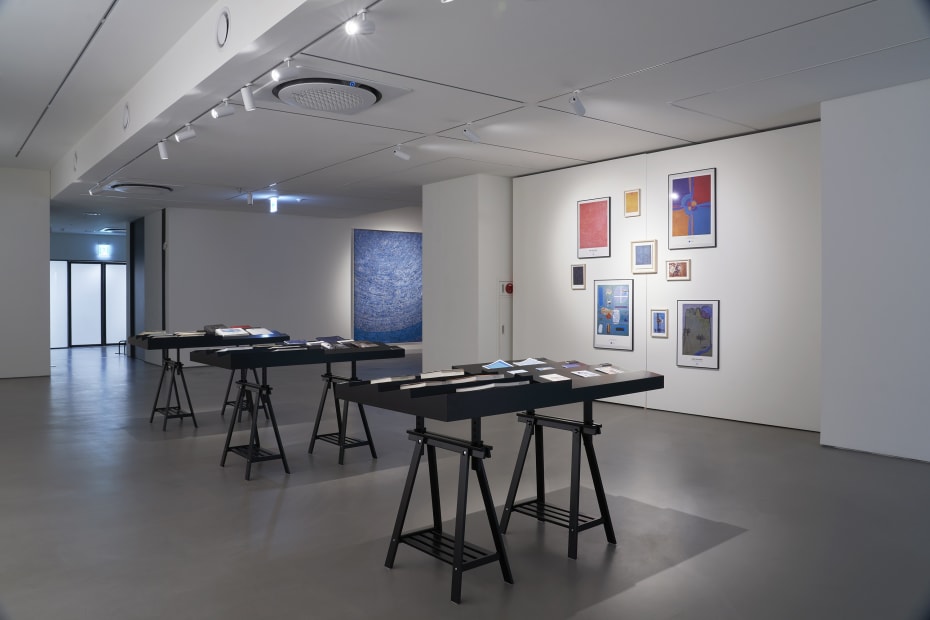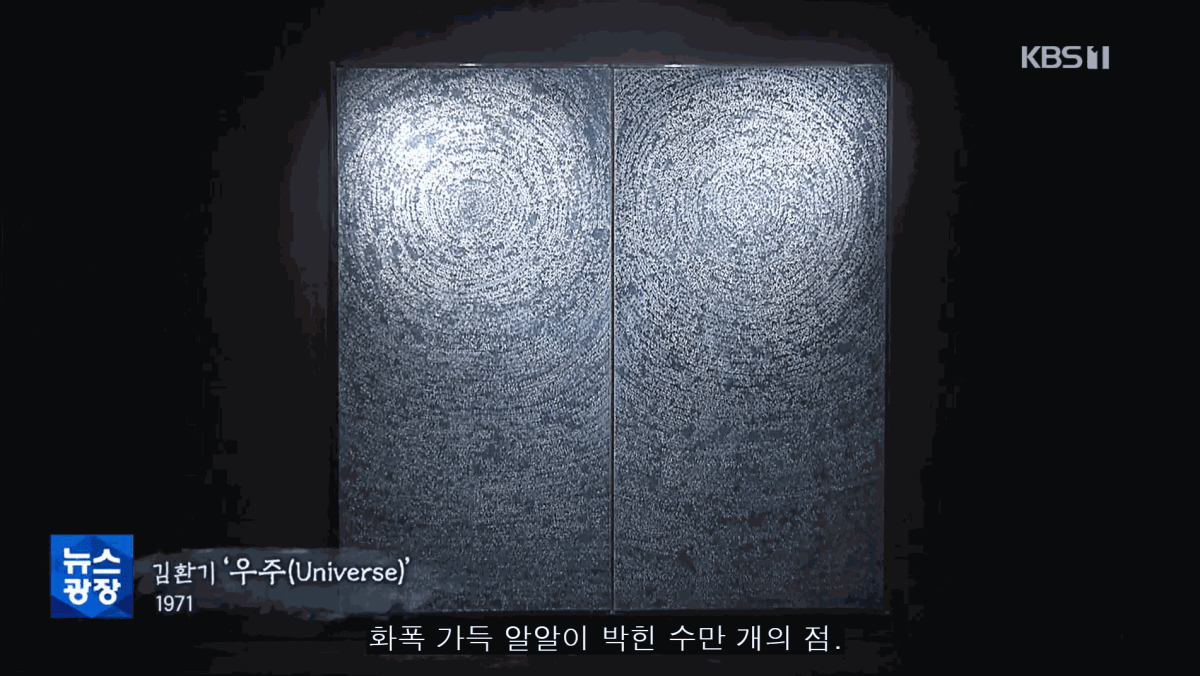畵中抒歌: 환기의 노래, 그림이 되다: A Song that Permeates Whanki Kim's Art
A number of first-generation Korean students returning to Korea after studying in Japan, including Hui-dong Ko (1886-1965), Korea's first Western painter during the Japanese occupation, Kwan-ho Kim (1890-1959), Jong-woo Lee (1899-1981), and Hye-seok Na (1896-1948) initiated the introduction of Western art in Korea in earnest. In the 1920s and 1930s, second-generation students such as Ma Dong Lee (1906-1981), In Sung Lee (1912-1950), Ji-ho Oh (1905-1982), and Sangbong Do (1902-1977) emerged, and Western painting gradually assumed a prominent position in the art world. Circumstantial and forcibly passive acceptance of Western art through Japan was limited; therefore, over time, artists have faced demands for 'making their knowledge their own' and overcoming acceptance and imitation.
While studying in Tokyo, Japan during the period of Japanese occupation in the 1930s, Whanki Kim (1913-1974) also gained exposure to Western art. While studying abroad, the artist encountered the trends of surrealism, cubism, and abstract art, and had progressively experimented with the formative methods associated with avant-garde movements in the West. His paintings began with concrete factual motifs and progressed toward abstract forms.
Kim's work is divided into a timeline based on the places he stayed. A period in his life, known as the Tokyo period in Japan (1933-1937), was during which he experimented with various trends such as cubism and abstract art. In the Seoul period (1937-1955), following his return home, he was inspired by poetry through his exchanges with numerous writers, including Yong-jun Kim (1904-1967). The use of objects such as mountains, moons, and jars filled with Korean sentiment is expressed in a straightforward manner in harmony with poetic diction and formative language to create a work that abstractly stylizes our own emotions. As part of his Paris period (1956-1959), he began simplifying materials using a Korean sentiment and continued experimenting with lines, and then, in 1963(1963-1974), he moved away from concrete shapes to create an abstract world based on basic sculptural elements such as lines and dots. Kim's works of this period, which have received numerous positive reviews, were influenced by the all-over composition of Western art, particularly from his monochromatic compositions of minimalist paintings. A combination of color dots and color lines created with obangsaek (five cardinal colors), techniques utilizing smearing effects, including ink painting involving thinly applied paint, and drawing with repeated dots were all seen as ways to combine conceptual elements and abstract concepts by Koreanized Western modernism through oriental calligraphy and literary painting.
Throughout this exhibition, 17 paintings are displayed that beautifully express Korean sentiments utilizing a modern, understated formative language based on denser, richer expressions, from Kim's conceptual paintings in the 1950s to all-over paintings from the New York period in the United States during the 1970s. A few examples of the artist's other works include the landscape painting Mountains (1958), which expresses sentiments about Korean nature as if reminiscent of the landscape painting of the Yi Dynasty, the five cardinal colors painting Sounds of Spring (1966) that conveys the sound of the artist's inner voice, Universe (1971) in which the beauty of a melody can be felt through the use of countless monochromatic dots of a restrained and unified color scheme, and further, various works from the all-over ignition series of the red series and blue series from the same year are shown as well.
The exhibition provides an opportunity for you to discover the artistic spirit of the artist Whanki Kim, who personally underwent the process of Korean art passing from the stage of imitation and acceptance of Western art to the stage of self-realization through life and the arts.


